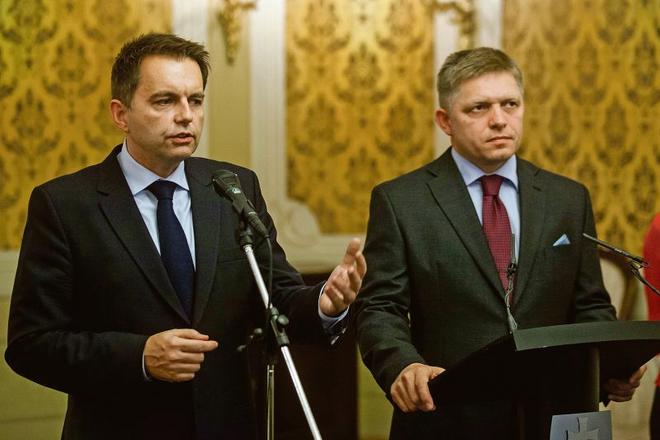This stems from the Moody’s Investors Service’s new annual Credit Analysis report for Slovakia. It expects Slovakia’s real GDP to grow by 2.7 percent in 2015 and 3.1 percent in 2016, in light of sound domestic demand.
“External demand is a key driver of Slovakia’s economy, as the export-oriented nation continues to deepen its role in Europe’s supply-chain,” said Marco Zaninelli, Moody’s assistant vice president, as quoted on the Moody’s website. “However, domestic demand should become more prominent going forward and lead to a more balanced mix of internal and external demand. We note that Slovakia’s growth outlook remains susceptible to slowdowns in its main EU trading partners.”
Moody’s notes that Slovakia’s economy enjoyed a significant GDP rebound of 2.4 percent in 2014 thanks to rising domestic demand, as real consumption and investment added a cumulative 2.6 percentage points to real growth in 2014. Nevertheless, Moody’s says external demand is still likely to exert a significant influence on Slovakia’s overall economic performance in the next two years. With more than 88 percent of total exports headed to the European Union, its exports are materially exposed to any real shock affecting Germany and other core EU members.
A highly educated, skilled and low-cost labour force as well as the systematic overhaul of its institutions following its EU membership have attracted high levels of foreign direct investment. The combination of these factors has enhanced Slovakia’s export-driven growth model and economic convergence with the rest of the EU.
However, the rating agency considers that challenges could arise from export concentration, persistently high unemployment, an ageing population as well as the sluggish pace of fiscal consolidation since the country’s exit from the European Commission’s Excessive Deficit Procedure in June 2014.
The pace of reduction in the general government deficit appears to have slowed down, as Moody’s estimates that its fiscal deficit will have reached 3 percent of GDP in 2014. Moody’s applies a negative stress to the government’s fiscal target for 2015 in order to account for the impact of some planned measures and measures to be expected in the context of the general election to be held in March 2016. In a scenario of reduced fiscal consolidation, which is also influenced by the electoral cycle, Moody’s forecasts a fiscal deficit of 2.8 percent of GDP in 2015, and 2.4 percent of GDP in 2016. Nevertheless, Moody’s notes that the authorities remain committed to ensuring public finances remain sustainable.
In the second half of 2014, the lack of recovery in the euro area and spill-over effects from the Russia-Ukraine conflict weighed on Slovakia’s export dynamics. Although Slovakia’s exports to Russia have progressively fallen, it is highly dependent on Russian gas imports. However, it has strengthened its the ability to withstand potential shocks and interruptions in Russia’s gas supply for up to 90 days.



 Peter Kažimír (l) and Robert Fico (source: SITA)
Peter Kažimír (l) and Robert Fico (source: SITA)